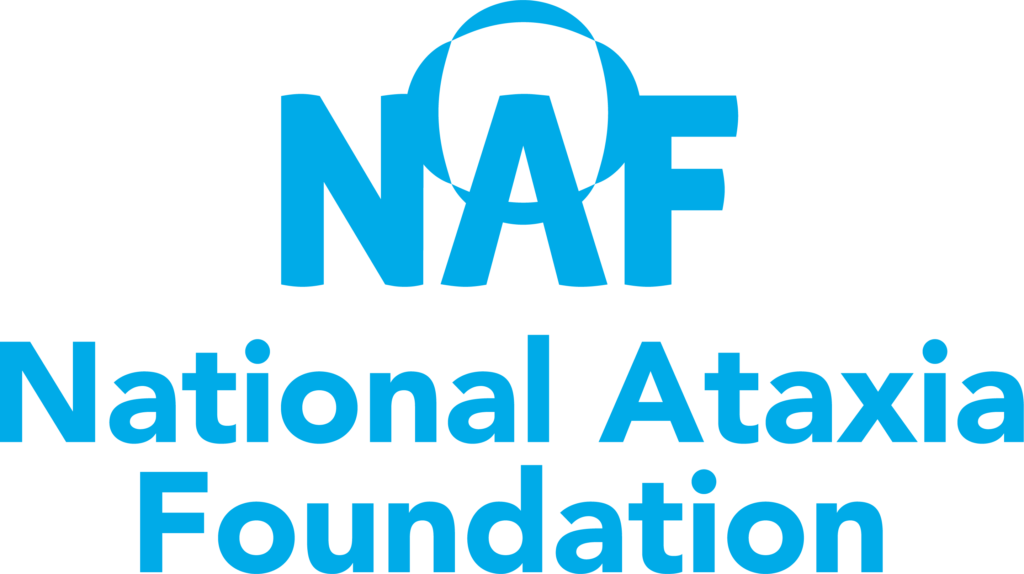DRPLA Natural History and Biomarkers Study
This study aims to recruit paediatric and adult DRPLA mutation carriers and healthy controls across different countries. It aims to characterize the natural history of DRPLA in both juvenile- and adult-onset patients. It also aims to identify clinical, genetic, fluid and imaging biomarkers that can be used for different purposes, such as disease progression biomarkers. With time, it will provide a platform to support the design and conduct of clinical trials. Participants that cannot travel to study sites or live in countries with no study sites could be able to participate in the study. Please contact the study staff is that is your case.
ClinicalTrials.gov Link: clinicaltrials.med.nyu.edu/clinicaltrial/1929/dentatorubral-pallidoluysian-atrophy-natural-history/
About the Study
Eligible Ataxia Types
Dentatorubral-pallidoluysian atrophy (DRPLA)
Type of Study
Research Study
Clinical Trial Phase
N/A
Age Range
Children and Adult 18+
Study Start Date
06/01/2022
Estimated Completion Date
12/31/2024
IRB Approval #
S21-00506
Location(s)
NYU Grossman School of Medicine
222 East 41st Street, 13th Floor
New York, NY
Additional Sites:
Chapel Hill, NC
London, UK
Download contact info for additional sites
Contact Information
Danika Anganoo-Khan
Danika.Anganoo-Khan@nyulangone.org
929-455-5629
Binu Joseph
Binu.Joseph@nyulangone.org
929-455-5625
What does participation in the study entail?
Participants will have an annual visit for three years (baseline visit and two follow-up visits). The DRPLA NHBS aims to collect natural history information for the different clinical features which are characteristic of DRPLA (e.g. ataxia, choreoathetosis, dementia, cognitive impairment, seizures, myoclonus). The protocol includes scales and questionnaires that are crucial to capture the progression of this condition in its multi-systemic aspects and that will contribute to instruct future trial design. Participants will also be offered the opportunity to collect biomaterials and brain MRI to investigate valid biomarkers.
What are the potential benefits for participants?
We aim to increase our understanding of DRPLA, and so will improve the information that we are able to give out to patients in clinic regarding prognosis and quality of life, and will allow better planning of therapeutic trials, which may lead to better treatments.
What are the potential risks for participants?
None listed.
Is there financial compensation?
No.
Is there travel reimbursement?
Yes.
Who is eligible?
DRPLA mutation carriers and healthy controls.
View Other Research Opportunities
Spinocerebellar Ataxia Patient Feedback Survey
The survey aims to gather opinions about Antisense Oligonucleotide (ASO) therapy research, and the information gathered will be used to help develop future clinical studies for ataxia. Link to Enroll: Read More…
PATH
Proactive Approaches to Health for Asymptomatic Adults at Risk for Neurodegenerative Conditions The aim of this study is to assess the needs of asymptomatic adults at-risk to carry a pathogenic Read More…
Phase 3 Efficacy and Durability of Ampreloxetine for the Treatment of Symptomatic NOH in Participants with Multiple System Atrophy (CYPRESS)
This is a Phase 3, multi-center, randomized withdrawal study to evaluate the efficacy and durability of ampreloxetine in participants with MSA and symptomatic nOH after 20 weeks of treatment. This Read More…










